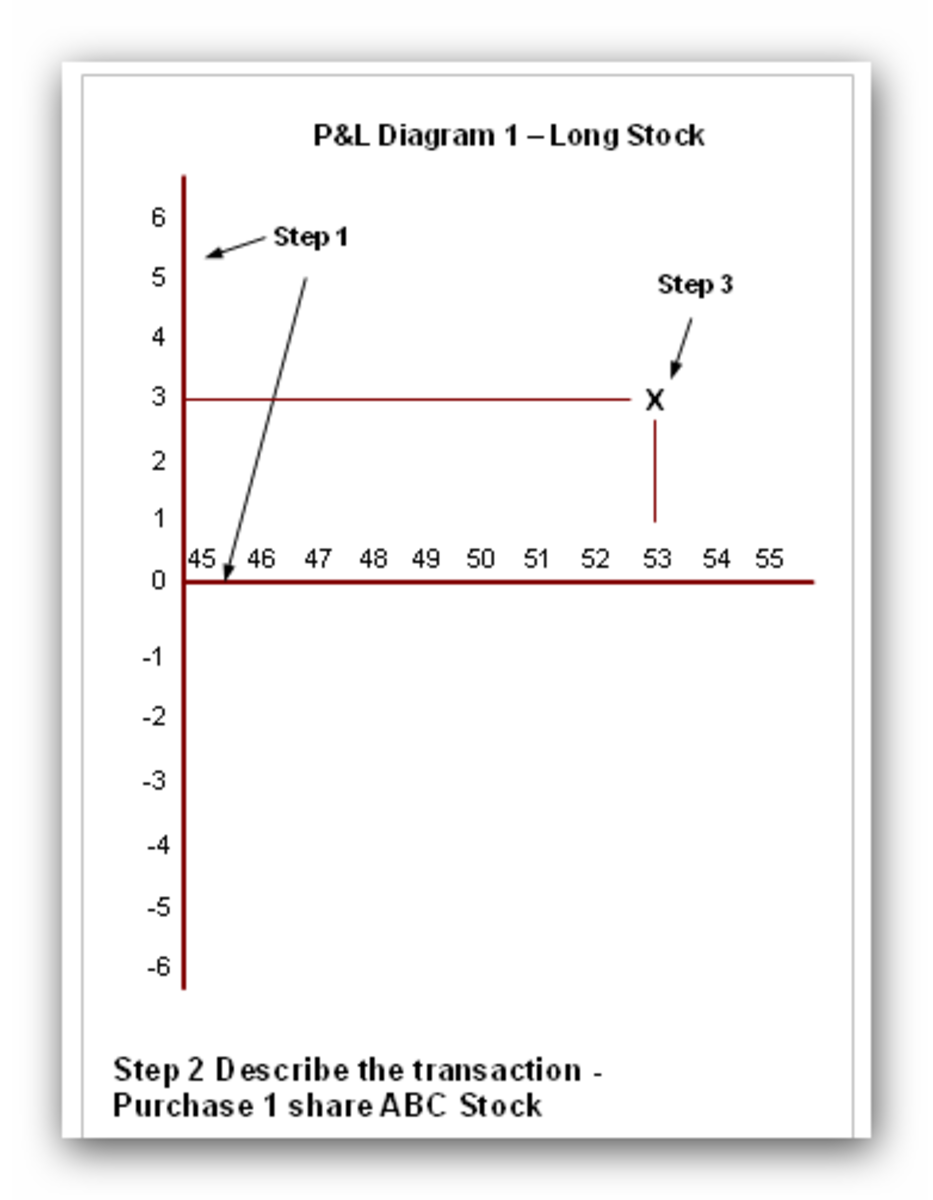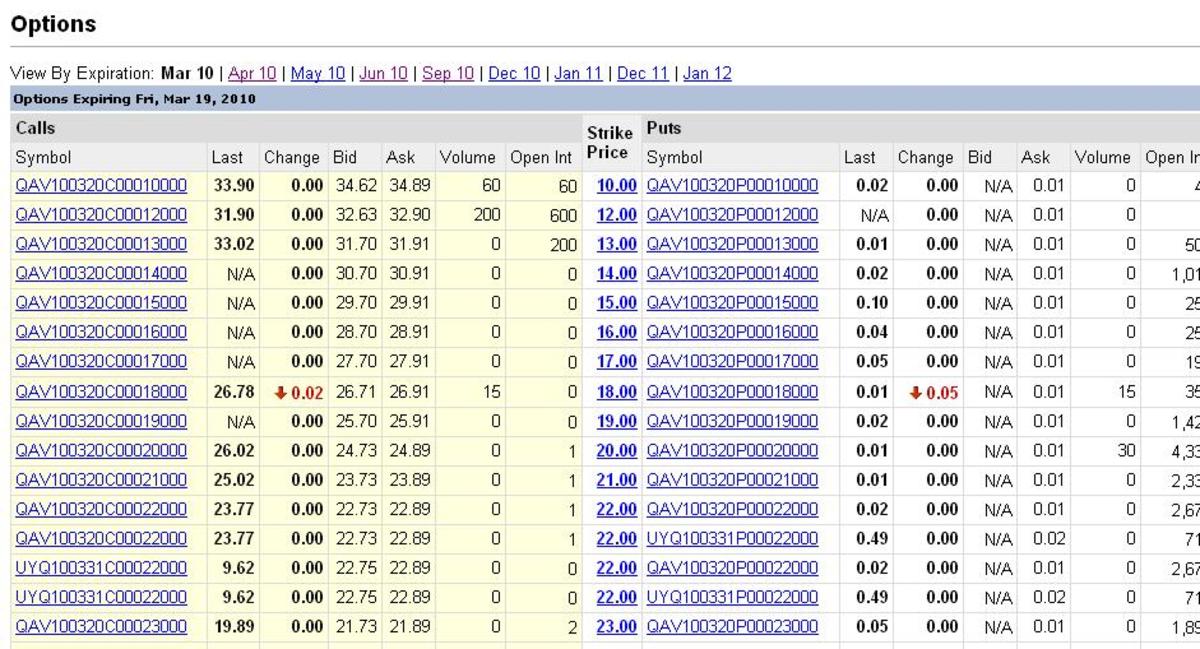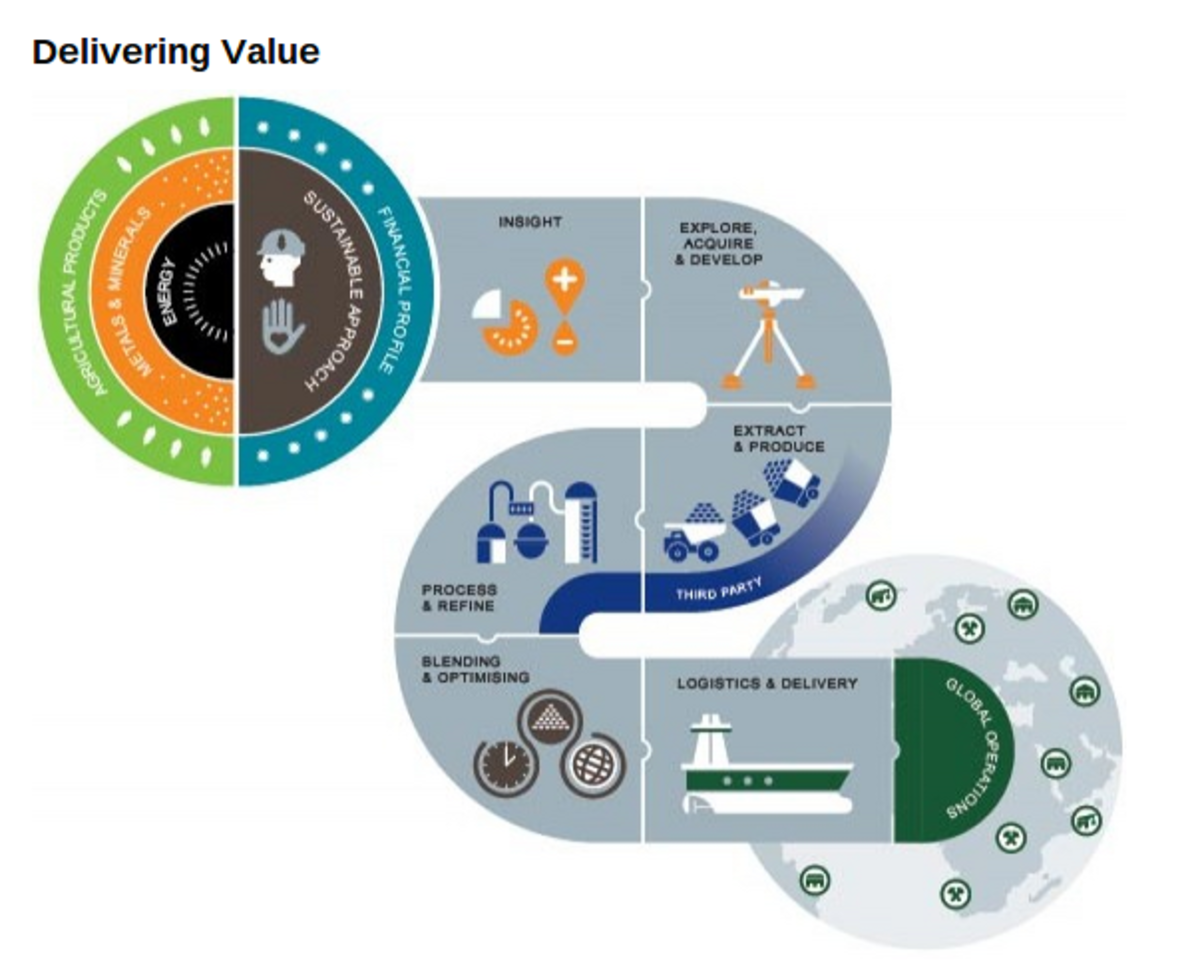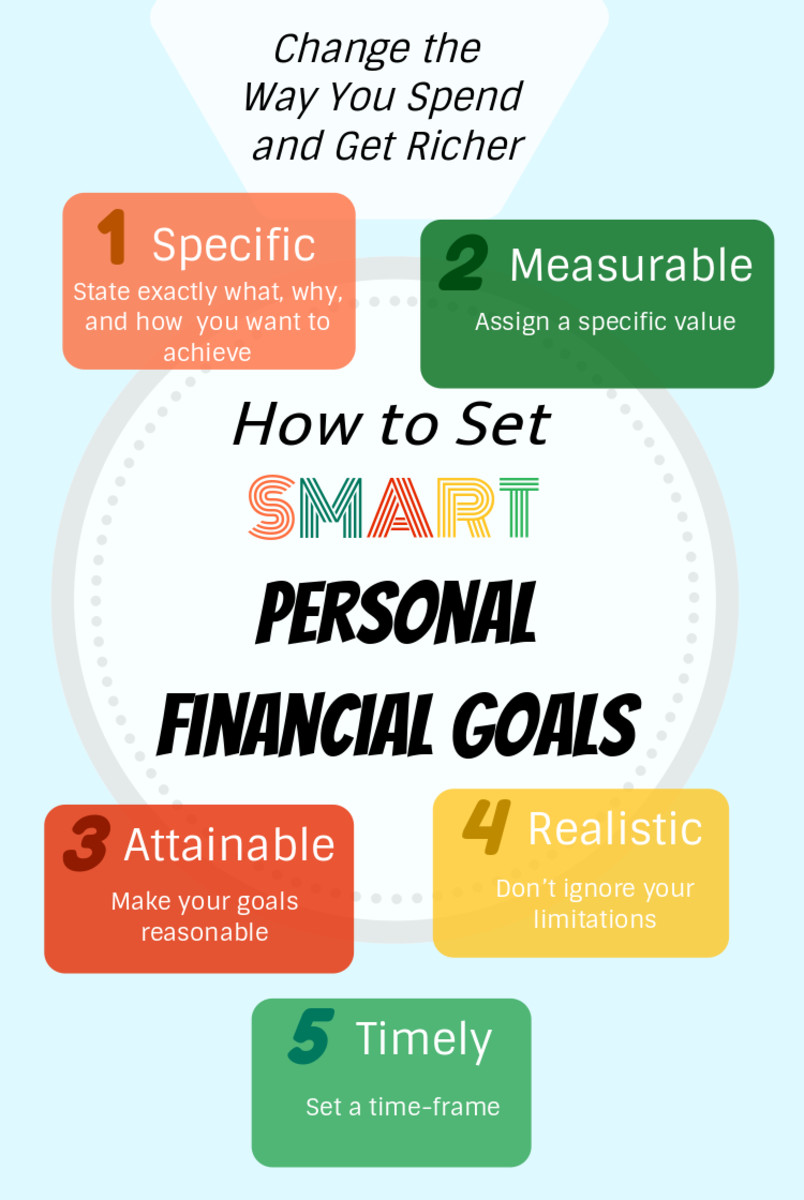How To Buy Stocks at Sale Prices

So you want to be a stock investor? In this blog you will find out how to buy stocks at a discount. Did you know that the vast majority of all online purchases of equities is a "market order." Just in case you are unfamiliar with this term, what it basically means is that when you place an order you want it filled NOW at the best available price. This type of purchase is considered paying the retail price of a stock. We don't want to do that!
I am sure you are aware that if you go down to your local retailer that you can pay retail or you can buy an item on sale. The sale price is cheaper than the retail price. While the individual savings on one particular purchase may not seem like a lot, over the period of time that savings can add up to some real money.
Before you jump into the market I do recommend that you read my other blog:
- Investing Wisdom From the Best
William Eckhardt is arguably one of the best traders who has ever lived. When he speaks it is prudent to listen. It reminds me of the old commercials, "When EF Hutton speaks people listen." There are many...
The How To...
So how do we buy stocks on sale and never pay retail again? I am going to show a couple of different strategies. The first works no matter what size your account is and the second strategy you will need a larger account to facilitate this style of trading, however both will allow you to purchase the stock at a better price.
There is an indicator called ATR, which stands for Average True Range. This is a very helpful tool that will tell you the average range of a particular stock. In other words, if you look a stock that has an average range of $3.00 within a day you can easily look at a stock and know what the possible "range" it will trade at in any given day.
Therefore, if we know a stock is currently trading at $20.00 then we may find out that within it's normal range we might be able to purchase it $19.50 for example. If we know this then why purchase it at $20.00?
Bid and Ask Spread
The next thing that we have to know is that there is a spread on any equity that is quoted. The bid/ask prices are the current market price that you can buy/sell a particular stock at. Many people get these two numbers confused, but it is actually really simple to remember them. You get the price that you don't want. What I mean by that is when you are buying you get the higher price and when you are selling you get the lower price.
So what happens when a trade is actually placed? There are what are known as "Market Makers" that keep the markets liquid. Every buy/sell transaction requires two parties -- a buyer and a seller. However, if there is no one who is willing to sell the stock you want to buy or buy the stock you want to sell then the market makers have an obligation to fill in the gap. The difference between this bid/ask spread is how they make money.
With stocks there is a "negotiation" that can take place. Which leads us into our first strategy. I have pulled up the stock Research In Motion, LTD (RIMM) for today. The market is closed at the time that I write this so I am looking at today's prices. I am not recommending this stock as a buy or a sell. I am just using it as an example.
The closing price for today is $81.41. The bid price is $80.50 and the ask price is $81.65. Assuming that the market was open and you wanted to buy this stock you would enter the number of stock you want to purchase (we will assume 100 shares) and then if you are like the vast majority of stock buyers you would hit the "Market" button. This would immediately fill your stock at $81.65 costing you $8165.00 plus commissions.
However, we don't want to pay retail for a stock so how can we purchase it cheaper. First of all we can place a Limit Order instructing that we would only pay a certain price. This is where the ATR indicator comes in handy. The ATR of this stock is $2.00, so we may want to enter a Limit Order in the amount of $80.00. There is a very likely chance that sometime during the trading day the price will go through this number. If we are filled at this price we would save $1.65 per share or $165.00! You only have to do this 7 or 8 times and you've saved yourself (or increased your profit) by $1,000.
The downside of this is that you may not be filled. Maybe this is a stock that you really want and you are not willing to risk losing the opportunity by waiting for this better price. Then what you will want to do is enter a limit order within the range of the bid/ask spread. Remember that there is a "negotiation" between you and the market makers that can take place. Using the numbers above (bid/ask spread) you may enter your Limit Order at $80.55. Once you enter the order let it sit for 2-3 minutes. If it is not filled then edge it up a bit and let it sit again. The vast majority of time you will get filled at less than the current asking price. Let's say you get filled at .10 cents cheaper than the ask price. That is a $10.00 saving for every 100 shares of stock. If you save .05 cents, then that is $5.00 for every 100 shares. Over time and especially with larger orders this savings adds up. In fact, many times you can offset the cost of your commissions by doing this.
Advanced Strategy
Let's say that you believe that this stock is going to continue going up. RIMM is the technology (or something like that) behind Blackberry's. So, for whatever reason, you believe this stocks long-term potential to go up is strong, but you don't want to pay $81.60 or even $81.00 for this stock. You want to buy it for $75.00, but you don't want to sit and watch it every day for the swings to hit your price. How can you buy this stock at this nice discount?
This strategy requires a larger account, but it is actually easy to do this. You simply sell a Put Option. A Put is a position that expects the market to go down. Currently (as of today's close) an October Put with at 75 strike price (our desired buy price) is $2.74. This option will expire the third Friday in October.
In case you are not familiar with Options, one contract controls 100 shares of stock. Therefore a $2.74 price must be multiplied by $100 making it equal $274.00. Selling a Put Option obligates you to buy the underlying stock at a given price, but the premium ($274.00) is yours to keep. Remember, this is a stock that we want to own. We believe in this example that the long term upward trend will be strong. When you sell an Option the premium is placed in your account immediately. IT IS YOURS!
Because we are dealing with a larger account let's say that we want to buy 1,000 shares. This would be equal to 10 Option contracts at $274.00. The total premium that we will collect is is $2,740.00 (10x274). That money is ours, but if the price of the stocks drops to $75.00 then we are obligated to purchase the stock....but isn't that the point? We want to buy this stock.
We now have two potential scenarios. These two scenarios are that the price will go below $75.00 or the price won't. Let me explain both.
Price falls below $75.00:
Once the price falls below $75.00 we are obligated to purchase the stock. Remember, there are always two sides to every transaction. The person who bought the Option believed that the price would go down so they were buying an out of the money option in hopes of profiting as the price dropped.
Once the price drops to $75.00 we are obligated to buy the stock, but the neat thing about this is that we own it at the price we wanted plus we received $2,740.00 that is still ours. So not only did we buy the stock at a discounted price, but we got paid to do it.
Price Does Not Fall Below $75.00:
If the price does not fall to our strike price then we won't own the stock. Remember that this is an October Put. That means that this Option will expire on the third Friday of October. If the price never falls then eventually the Option will expire worthless. A very high percentage of all Options expire worthless. When this Option expires worthless it is worthless to the person who bought it. The $2,740.00 is still yours!
So what do you do now? Well, if you still want to own this stock do it again. Options deteriorate in value very quickly in their last few weeks. Therefore, you want to focus on a near term expiration date. If you never own the stock you can still profit handsomely from these premiums.
What I have outlined in this blog is that it is actually easy to buy stocks at a discount. Stop paying retail! Increase your profitability by buying stocks on sale. If you have ever utilized these strategies please leave a comment and tell of your positive and negative experiences. Experience is the best teacher.








